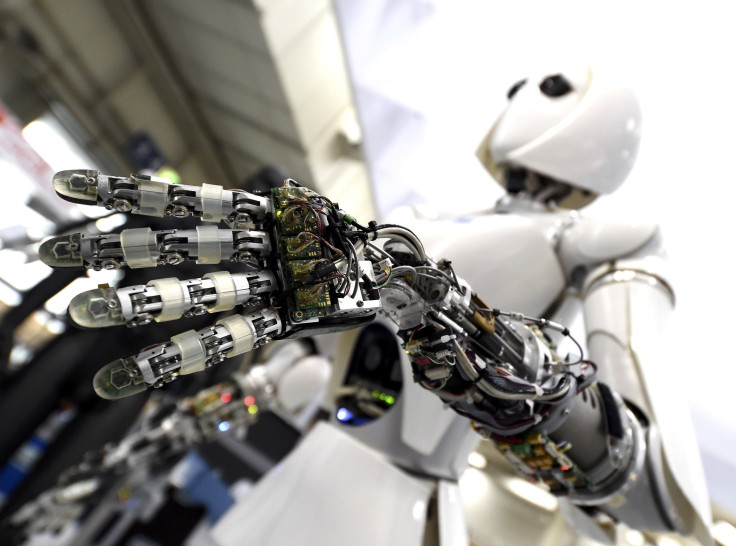Researchers Reveal What Robots Could Learn From Roaches

It seems like robots could learn from roaches. Researchers from the University of Cologne in Germany have discovered a change in roaches’ gait that could help teach robots to walk.
Animal’s gait was previously only analyzed in fast mammals. Researchers have now found that arthropods that run quickly, like roaches, change their gait at mid-speed. Experts said the change in gait in roaches (Nauphoeta cinerea) is similar to the way horses switch from trop to gallop.
“I was particularly surprised that a change in mechanisms stabilizing the animal's movement goes hand in hand with a change in leg coordination,” the study's lead author Dr. Tom Weihmann said in a statement.
When an insect crawls, the movement is very stable because its center of gravity is low, and because three of their legs move in coordination. The study found that when insects run at high speeds and on slippery surfaces their gait shifts from a static to a dynamic stabilization technique. That change lowers the need of the insect’s central nervous system to control its movement, while at the same time achieving high energy efficiency. The switch in gait also avoids disruptions in the insect’s coordination and reduces falls on slippery surfaces when changing speeds from crawling to running fast.
Researchers said in the study :
“Temporally distributed leg force application as resulting from metachronal leg coordination at high running speeds may be particularly useful in animals with limited capabilities for elastic energy storage within the legs, as energy efficiency can be increased without the need for elasticity in the legs. It may also facilitate locomotion on slippery surfaces, which usually reduce leg force transmission to the ground. Moreover, increased temporal overlap of the stance phases of the legs likely improves locomotion control, which might result in a higher dynamic stability.”
What Robots Can Learn From Roaches
The findings on how the insects shift their gait could potentially help robots move better, researchers say.
“This discovery not only has far-reaching implications regarding the behavior and ecology of insects and other arthropods,” said Weihmann. “Our results can also contribute to solving some problems we still have with the movement of robots.”
Bewegungsmuster der #Schabe könnte als Vorbild dienen für Konstruktion von schnellen, energiesparsamen Laufrobotern https://t.co/DbyW394ma9 #uniköln #Zoologie #Robotik
— Universität zu Köln (@UniCologne) December 8, 2017
There are robots that walk with legs and others that move with wheels. However, the machines with legs have better cross-country mobility than those with wheels. The problem with robots with legs is that they use up a lot of energy. The findings, which show roaches’ gait achieves high energy efficiency, could help robots learn to walk with legs without using up so much energy.
“Robots with legs that can be used here on Earth after disasters, or on Mars or other planets, are often modelled on insects,” Weihmann said. “Adapting the coordination patterns of robot legs to those of fast-running cockroaches can help the robot use energy more efficiently and hence increase its endurance in an inhospitable environment.”
The study was published in the journal Frontiers in Zoology.
© Copyright IBTimes 2024. All rights reserved.




















